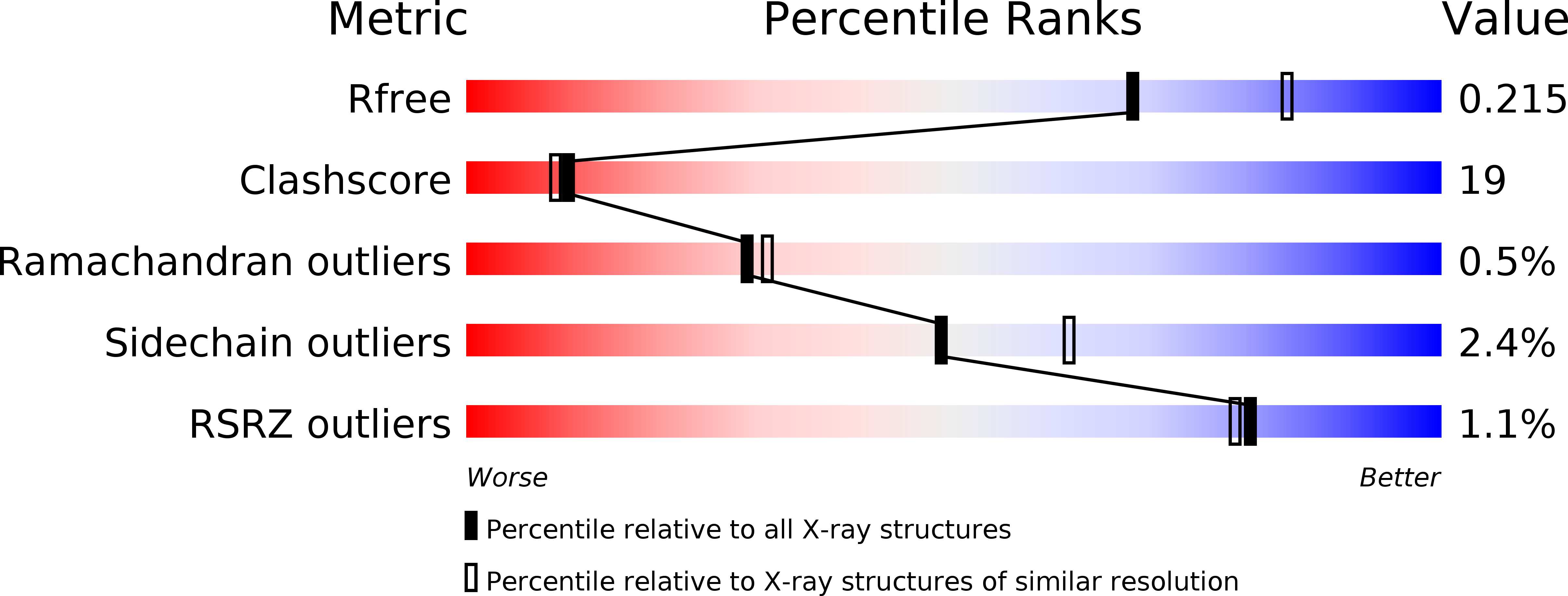
Deposition Date
2002-03-18
Release Date
2002-06-27
Last Version Date
2023-12-13
Method Details:
Experimental Method:
Resolution:
2.20 Å
R-Value Free:
0.21
R-Value Work:
0.20
R-Value Observed:
0.20
Space Group:
I 21 21 21


